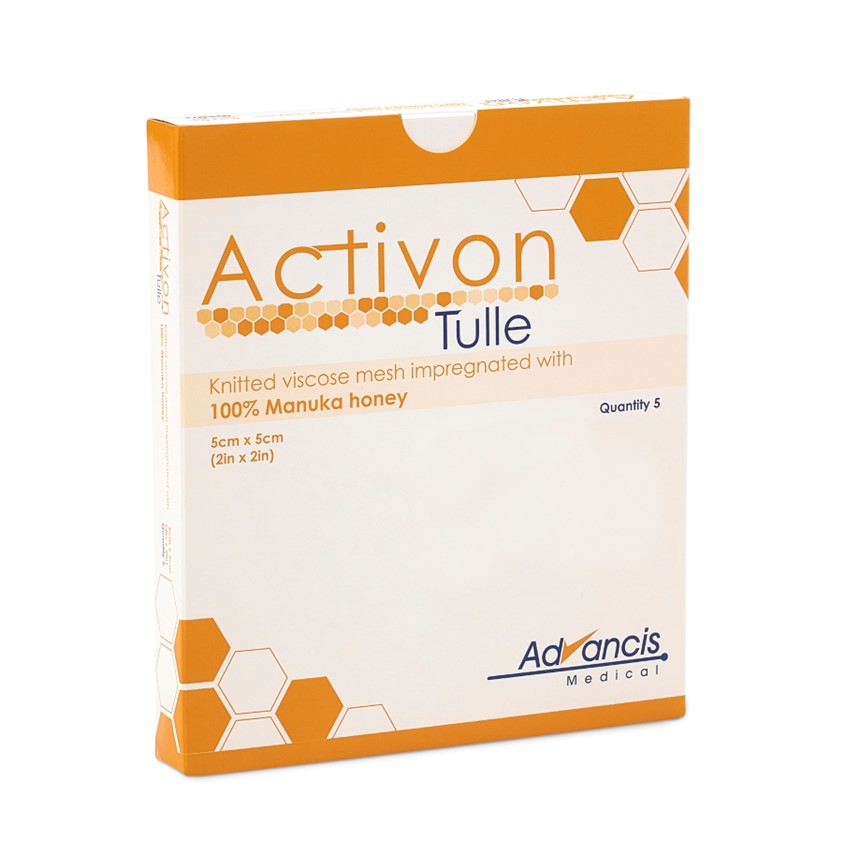# Honey for Wound Care: Nature’s Powerful Healer
Combating Infections and Promoting Healing with Honey
As antibiotic resistance continues to rise, the search for effective alternatives has intensified. Honey, a natural substance with a long history of medicinal use, is emerging as a promising solution for wound care. Its potent antibacterial, anti-inflammatory, and wound-healing properties make it a valuable tool in the fight against infections and the promotion of healing.

Honey’s Healing Properties
Honey’s ability to fight infections stems from its unique composition. It contains various substances that work together to create a hostile environment for bacteria, including:
- Hydrogen peroxide: This natural compound has potent antibacterial properties.
- Methylglyoxal (MGO): This compound, found in high concentrations in Manuka honey, has even stronger antibacterial activity than hydrogen peroxide.
- Bee defensin-1: This natural antibiotic peptide further enhances honey’s antibacterial effects.
In addition to its antibacterial properties, honey also possesses anti-inflammatory and wound-healing properties. It helps to reduce inflammation, promote tissue growth, and stimulate the healing process.
Benefits of Honey Wound Care

The use of honey in wound care offers several notable benefits, including:
- Faster wound healing: Honey has been shown to accelerate wound healing rates compared to conventional treatments.
- Reduced scarring: Honey can help to minimize scarring by promoting the formation of healthy granulation tissue.
- Pain relief: Honey’s anti-inflammatory properties can help to reduce pain and discomfort associated with wounds.
- Antibacterial activity: Honey’s ability to fight infections can help to prevent wound complications and promote healing.
- Moist wound environment: Honey helps to maintain a moist wound environment, which is essential for optimal healing.
Types of Honey for Wound Care
Not all honey is created equal when it comes to wound care. Medical-grade honey, such as Manuka honey, is specially sterilized and filtered for use in wound dressings. It has a high concentration of MGO, making it particularly effective against bacteria.
Raw honey, while not sterile, can also be used for wound care. However, it’s essential to ensure that the honey is sourced from a reputable supplier and has been properly stored to avoid contamination.
How to Use Honey for Wound Care

Honey can be applied to wounds in a variety of ways, including:
- Direct application: Honey can be applied directly to the wound bed, either as a liquid or a gel.
- Honey-impregnated dressings: These dressings are pre-soaked in honey, providing a convenient and effective way to apply honey to wounds.
Conclusion
Honey offers a natural and effective solution for wound care, with the potential to combat antibiotic resistance and promote faster healing. Its potent antibacterial, anti-inflammatory, and wound-healing properties make it a valuable weapon in the fight against infections. As research continues to uncover the full extent of honey’s therapeutic benefits, its role in wound care is likely to expand, offering a promising alternative to conventional antibiotics and fostering healthier wound outcomes.
Frequently Asked Questions
Q: Can I use any type of honey for wound care?
A: It’s best to use medical-grade honey, such as Manuka honey, which is specially sterilized and filtered for use in wound dressings. Raw honey can also be used, but it’s essential to ensure that it’s sourced from a reputable supplier and has been properly stored.
Q: How often should I apply honey to a wound?
A: Honey can be applied to wounds once or twice daily.
Q: How long does it take for honey to heal a wound?
A: The time it takes for honey to heal a wound varies depending on the wound’s size and severity. However, honey has been shown to accelerate wound healing rates compared to conventional treatments.

